Three journalists explain at the iMEdD International Journalism Forum 2023 how they use TikTok to create impactful content that both informs and entertains the public.
Digital transformation in the newsroom: lessons from the South China Morning Post, La Nación, and the Wall Street Journal
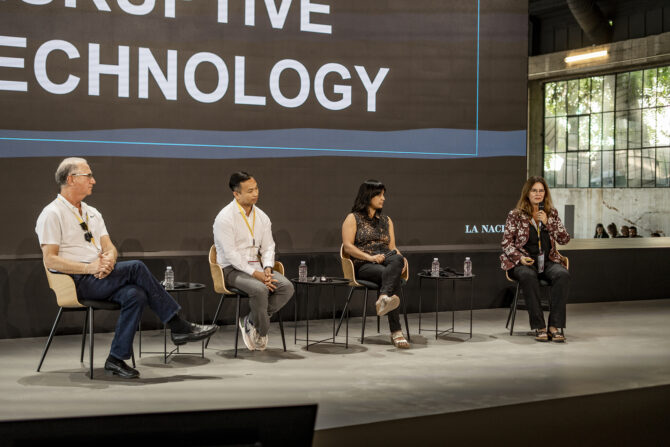
iMEdD dives into the sphere of digital transformation in journalism by interviewing three leaders in the field and uncovering firsthand their ‘good practice’ handbooks.
Although many of us have a TikTok account, especially when we are talking about younger generations, only a few think of TikTok as a platform in which we can get informed about what is happening around the world. However, in the ever-evolving landscape of digital media, TikTok has gained ground not only in the realm of entertainment, but also in the dissemination of news. In order to understand the distinguishing characteristics of this platform and the ways in which journalists can master the art of producing vertical video content, we follow the success stories of three journalists pioneering on TikTok.
Personality is the key
When someone scrolls through Sophia Smith Galer’s TikTok account, they will find explainer videos about a range of different things, from language learning to sexual reproductive rights and other stories that attract her attention. In her keynote speech News brands are on TikTok – but where are the journalists? the journalist, author and TikTok creator explained that TikTok has become the fastest growing source of news for adults in Britain. Indeed, 49% of news outlets around the world have already their own TikTok account. However, where are individual journalists that both entertain and inform the public without losing their own personality and approach to news making?
The Digital News Project (2022) of Reuters Institute for the Study of Journalism reports that publishers are adopting different strategies on TikTok. Their main approach is to repurpose existing content for distribution on the platform. To capture viewers’ interest, they opt for straightforward language and a casual tone and are willing to interact with viewers. However, Sophia Smith Galer points out a gap in this approach: it lacks content specifically made for TikTok that showcases the creator’s unique personality and niche. Such content is important as it not only represents the creator but also raises awareness and entertains simultaneously.
Regularity
Regularity is crucial, especially for growing accounts, with which audiences may not be familiar yet. After they have built a community of people, journalists and creators can return and innovate niches less frequently, prioritizing quality over quantity. Of course, it is extremely important to develop a relationship with their audience in the comments section, by responding to their reactions and taking into consideration their constructive criticism.
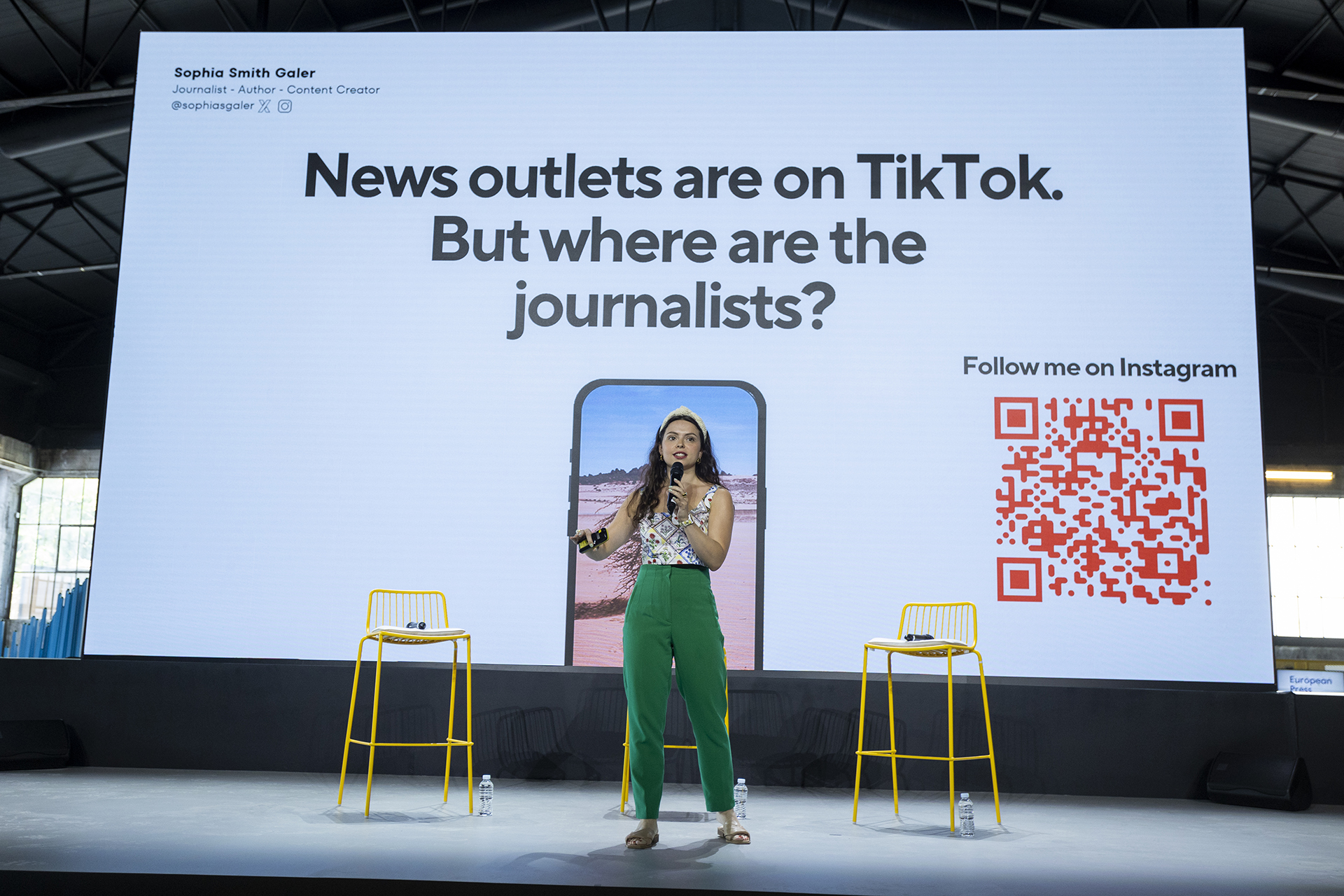
TikTok videοs have to be different from mainstream media and the type of content every single newsroom is trying to make right now.
Sophia Smith Galer, Journalist, Author and TikTok Creator
Forced disappearances in Mexico: safe journalism, safer lives
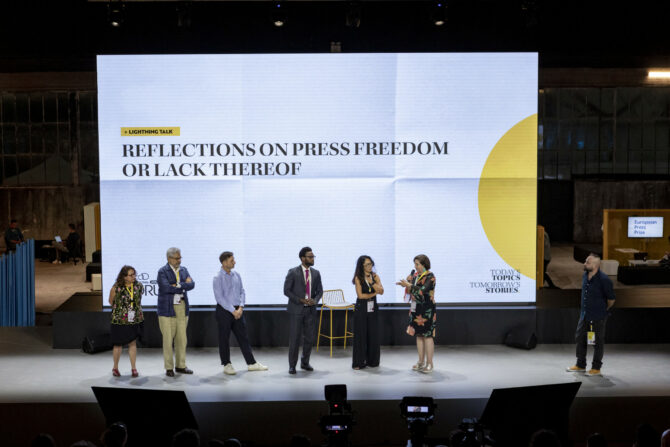
Through an interview with investigative journalist and co-founder of the Quinto Elemento Lab, Marcela Turati, iMEdD digs deeper into the phenomenon of disappearances in Mexico, the inadequate state apparatus and what journalists can do moving forward.
Originality
“It has to be different from mainstream media and the type of content every single newsroom is trying to make right now”, said Sophia Smith Galer, who is trying to differentiate and specialize her storytelling further due to the “oversaturation of news explainer videos”. Journalists have to differentiate their content from other creators too, but do not hesitate to maintain the principles they learned while working in newsrooms.
Vertical-first content
Since other platforms “parrot” what TikTok does, TikTok principles are transferrable and can contribute to innovation and growth in YouTube shorts and Instagram reels, too. Indeed, Sophia Smith Galer’s Instagram account has grown rapidly during the last months, namely by 30% due to her success on TikTok. This means that videos should be created in the format required in the platforms they are going to be used, namely in vertical form, and not reversed afterward.
In the panel following, Storytelling in vertical video: How news can use TikTok (and all the apps that are copying it) , two more journalists, managing the TikTok accounts of their media organizations, presented some of the most popular TikTok videos they have produced and shared some tips on how newsrooms can integrate short-form video in their news making.
The importance of storytelling
Both panelists, Carmella Boykin, TikTok Producer at The Washington Post, and Enrique Anarte Lazo, TikTok Lead at the Thomson Reuters Foundation, highlighted that the most important part of their videos is the story itself. Carmella Boykin tries to enrich her story with fun elements, like performance, graphics, text bubbles and dancing, in order to make her video stand out in the midst of fun videos that flood our feed. However, it is really important for her to show her proximity to the public, since “audiences want to see you as a human being, and this is something they appreciate”. From his part, Enrique Anarte Lazo stressed how significant it is to report on “local stories that influence people around the world”, as small things can make a huge difference to people’s lives. A striking example of this is his viral video on a trans woman whose voice is used for the announcements in the metro station, a video that raised awareness about an issue with which most of his audience wasn’t familiar.
Panelists stressed that creators become better with time, therefore they should not get disappointed when their first videos are not as popular as they expected. What they need to do is to start experimenting and troubleshoot themselves until they get the hang of it and see their videos going viral, provided that they remain consistent with their efforts.
Length and pace of TikTok videos
The audience raised their concerns regarding the fast pace of TikTok videos, which makes them watch it more than once to grasp its meaning. Except for increasing TikTokers’ account engagement, this practice also keeps viewers engaged, otherwise they would move to the next item. To facilitate viewers who face language problems, Sophia Smith Galer uses subtitles in her videos, while Enrique Anarte Lazo prefers not to encompass the whole story but to shed light on one of its angles. A link that drives users to the full story would be extremely useful for those who wish to delve into it and get more information.

Abuse is not freedom of expression. On the contrary, abuse in the comments section aims to silence people who don’t feel safe to contribute to public discourse, mostly already marginalized people.
Enrique Anarte Lazo, TikTok Lead, Thomson Reuters Foundation
Tipping into the basics of Artificial Intelligence: Lessons from Jonathan Soma
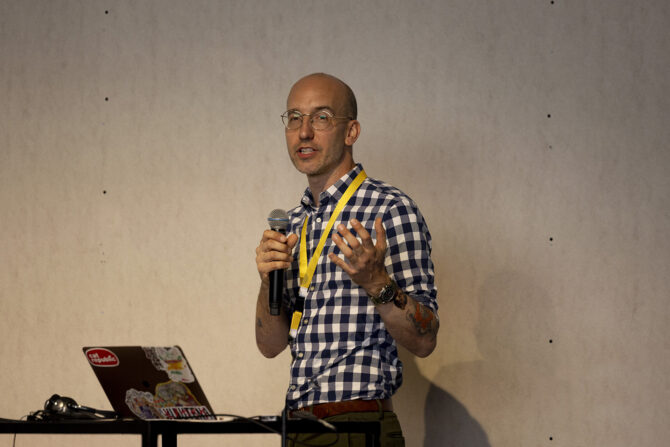
Professor Jonathan Soma provides essential insights into Artificial Intelligence, suitable for both newcomers and seasoned professionals, presenting an optimal entry point for anyone in the tech field.
Featuring other people
The contribution of experts or other people to TikTok videos is not negligible. However, each journalist presents them in their own way. Sophia Smith Galer prefers to cite experts’ words in order to avoid their awkwardness in front of the camera. Carmella Boykin asks contributors with what they are comfortable and tries to help them by giving directions during filming, while also editing the interview at the post-production stage. Finally, Enrique Anarte Lazo highlighted that honesty and authenticity are of paramount importance on TikTok, therefore even if contributors are not the perfect deliverers, it makes the video more real. We could say that this leads to the democratization of the platform, since no one is excluded from participating or creating their own content.
Abuse is not freedom of expression
It is unavoidable that people who express their opinion publicly can easily become prey to negative criticism. “I have never been abused or harassed to the point that I stop the work I do”, admitted Sophia Smith Galer. However, she implements some techniques in order to protect her work. Among others, she blocks anonymous accounts and deletes comments deriving from these. As Enrique Anarte Lazo reported, “abuse is not freedom of expression. On the contrary, abuse in the comments section aims to silence people who don’t feel safe to contribute to public discourse, mostly already marginalized people.” He added that a certain amount of debate should be allowed, but it should not end up in abuse or threat. Carmella Boykin also pointed out that content producers should value constructive criticism, especially when they start on the platform.
The way forward
For Sophia Smith Galer, the future of content production on TikTok includes the prioritization of reels and TikTok growth, the need for creators to level up their production value due to the oversaturation of high-quality videos, as well as the prioritization of longer videos. Towards this direction, she constantly tries to make her stuff look better and produces longer than one-minute videos, in order to cover her stories more extensively. On the other hand, Carmella Boykin drew attention to the fact that some elements are native to specific platforms, therefore creators should be careful when they migrate content to other ones. Since audiences are familiar with the kind of language used in the social media platform they visit, the safest practice is to focus on the script in order to be able to use the same video across multiple platforms. Enrique Anarte Lazo explained that the main objective of journalism in general is to provide factual information to the public in order for them to make informed decisions on what to support politically. This means that journalists should provide context, not just headlines, based on their expertise, which is independent from their resources. Besides, they are fighting for impartiality, not advocacy, therefore what is actually making a difference in the end is the added value they offer in their reporting.
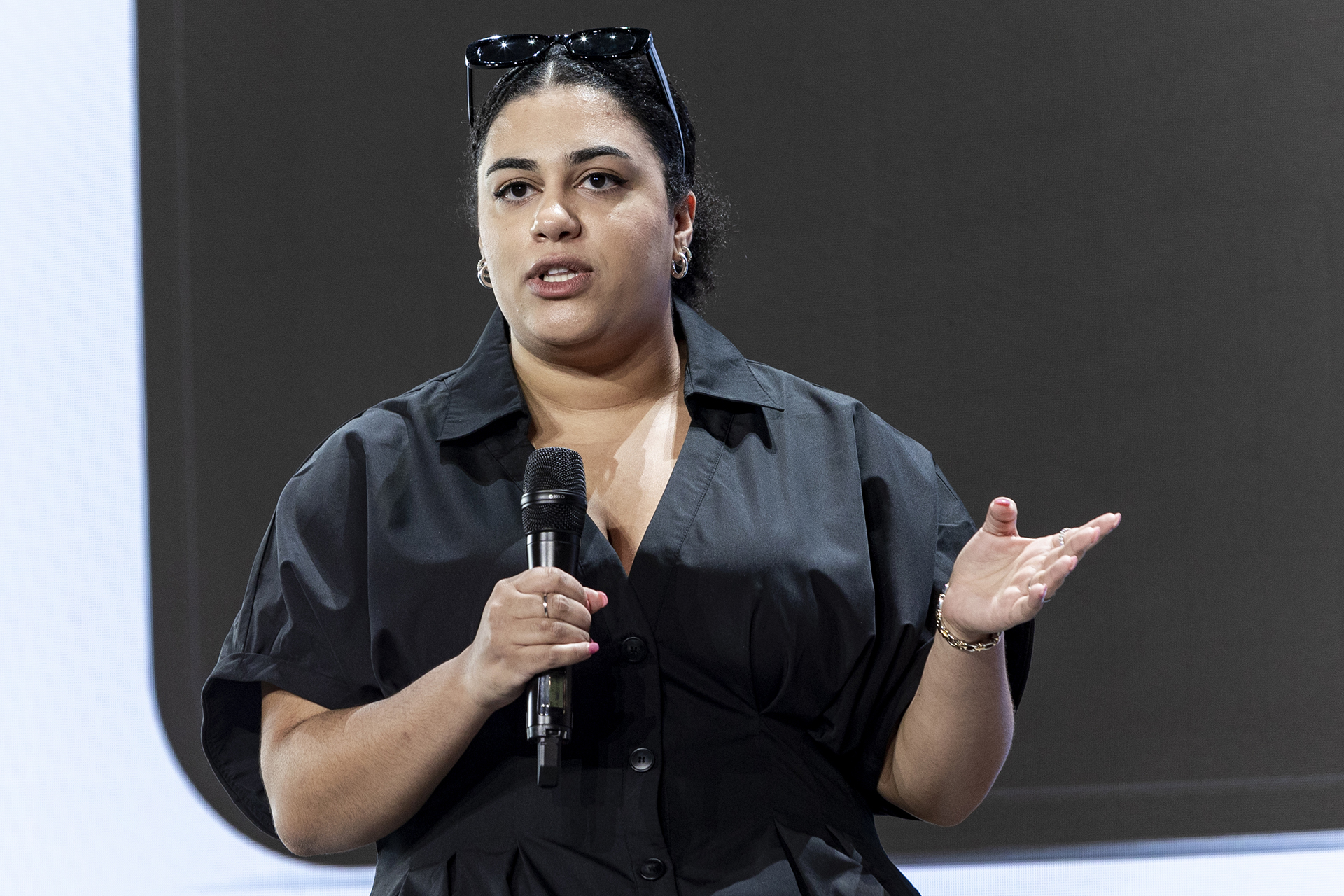
Audiences want to see you as a human being, and this is something they appreciate.
Carmella Boykin, TikTok Producer, The Washington Post
It becomes evident that journalists and other professionals who neglect the power of social media platforms and the societal changes they can induce will fall behind their times and not have the impact they wish. As stressed by Carmella Boykin, “People are following people, who become almost synonymous with the newsrooms”, therefore journalists should take into consideration the public’s need to connect with an individual they trust, rather than with a whole news organization, in order to get informed about the issues that concern them.
Watch the full panel discussion here: